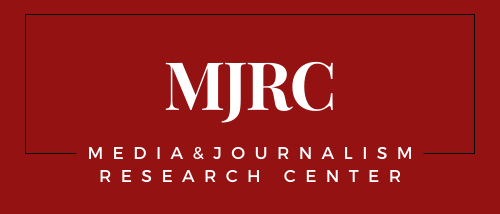Attacks on Journalists’ Safety on the Rise in Europe, New Study Shows
MJRC releases a new study that maps the latest developments related to the protection of journalists and journalistic sources in Europe.
The number of alerts on attacks on journalists’ safety increased in the European Union from 2019 until 2021 in all categories and has stagnated on a high level after the end of COVID-19 pandemic restrictions, according to a study released today by the Media and Journalism Research Center (MJRC).
The number of journalists killed and cases of impunity is comparably low. However, the number of attacks on journalists during protests and demonstrations went up. The same is true for harassment and intimidation, with so-called Strategic Lawsuits against Public Participation (SLAPP cases) becoming more and more relevant, according to the study.
Authored by Judith Pies, the report refers to four forms of risks against which the protection of journalists and their sources in Europe is essential for press freedom: physical, psychological, digital, and financial. It uses data from the Safety of Journalists Platform, which collects alerts on attacks on journalists’ safety in member states of the Council of Europe, to identify recent developments and fields of concerns.
Being part of a project dedicated to advancing media freedom in Lebanon, the report also offers recommendations for the Lebanese media. The project, entitled “Media Reform to Enhance Freedom of Expression in Lebanon”, is implemented by Maharat Foundation, Legal Agenda and the Media and Journalism Research Center (MJRC) with the support of the Delegation of the European Union to Lebanon.
The study is available here.
Read more on the project page.
Photo by Klaus Wright on Unsplash
Support independent media research – your donation helps keep our work open.
Donate
